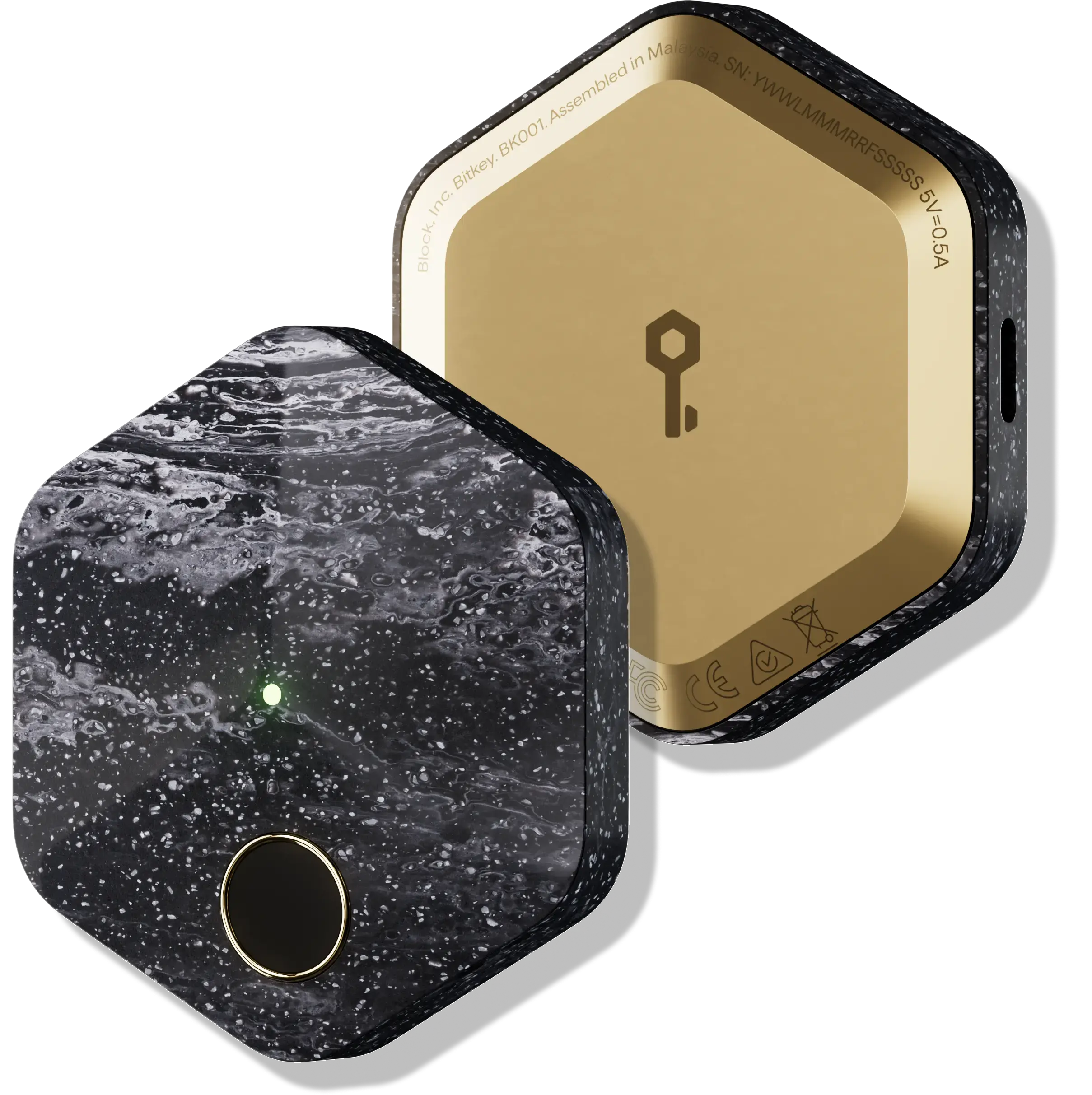Non-Custodial Wallets Explained
Learn about non-custodial Bitcoin wallets and which ones might be right for you


What Are Non-Custodial Wallets?
Non-custodial wallets are Bitcoin wallets where you, and only you, control the private keys to your funds. This means you have complete ownership and control over your Bitcoin without relying on a third party to hold or manage your assets.
The fundamental principle is simple: not your keys, not your coins. When you use a non-custodial wallet, you’re directly interacting with the Bitcoin network, giving you full financial sovereignty.
Why Use a Non-Custodial Wallet?
Using a non-custodial wallet provides several important benefits:
- Complete control: No one else can access, freeze, or seize your funds
- Security: Your Bitcoin isn’t vulnerable to exchange hacks or company insolvency
- Privacy: Many non-custodial options don’t require personal information
- Financial sovereignty: You’re not dependent on any company or service to access your Bitcoin
- Self-reliance: Your access to funds doesn’t depend on a company staying in business
- Censorship resistance: No one can prevent you from sending or receiving transactions
Types of Non-Custodial Wallets
Non-custodial wallets come in various forms, each with different security and convenience trade-offs:
Mobile Wallets
Perfect for everyday use with smaller amounts of Bitcoin. These wallets run on your smartphone, making your Bitcoin accessible wherever you go.
Popular options:
- Flash Non-Custodial Wallet - Our recommended option with seamless integration with Flash’s custodial services
- Blue Wallet - Feature-rich with both Lightning and on-chain support
- Phoenix - Lightning-focused with simplified channel management
Desktop Wallets
More robust options that run on your computer, offering better security and features than mobile wallets.
Popular options:
- BlueWallet - Desktop version of the popular mobile wallet
- Sparrow Wallet - Privacy-focused with coin control features
- Bitcoin Core - The reference implementation that runs a full node
Hardware Wallets
Physical devices designed specifically for securely storing cryptocurrency private keys. These are the best option for storing larger amounts of Bitcoin securely.
Popular options:
- Bitkey - Popular hardware wallet with advanced inheritance and recovery features
- Trezor - Open-source hardware wallets with strong security features
- ColdCard - Bitcoin-only hardware wallet with advanced security features
- BitBox - Minimalist design with strong security
Paper Wallets
The most basic form of cold storage, where private keys are printed on paper and stored physically. While not recommended for beginners, they can be a secure backup method.
Choosing the Right Wallet for You
The best wallet depends on your specific needs:
- For beginners: Start with Flash’s non-custodial wallet for a seamless experience
- For everyday spending: Mobile wallets offer convenience for daily transactions
- For larger amounts: Hardware wallets like Bitkey provide the best security for savings
- For privacy concerns: Wallets like Sparrow offer enhanced privacy features
Security Best Practices
When using non-custodial wallets, follow these security practices:
Secure your seed phrase
- Write it down on paper (never digitally)
- Store it in a secure location, protected from fire and water damage
- Never share it with anyone
Use strong passwords for any wallet that requires them
Keep software updated to ensure you have the latest security patches
Consider a multi-signature setup for large amounts, requiring multiple keys to authorize transactions
Test recovery procedures periodically to ensure you can regain access if needed
From Flash to Non-Custodial: Making the Transition
Flash offers a seamless journey from custodial to non-custodial Bitcoin storage:
Start with Flash Custodial
- Your initial Flash wallet is custodial for simplicity and ease of use
- Perfect for beginners and everyday transactions
Move to Flash Non-Custodial Wallet
- Within the Flash app, use the swap function to move funds to your non-custodial wallet
- This gives you direct control of your private keys while maintaining the Flash experience
- You now have self-custody while still enjoying Lightning and on-chain functionality
Upgrade to a Hardware Wallet for Large Amounts
- For significant savings, consider moving to a hardware wallet like Bitkey
- Set up your Bitkey following the manufacturer’s instructions
- Securely write down your seed phrase on the provided recovery cards
- Set up backup and recovery methods as recommended

Establish Your Inheritance Plan
- Bitkey offers comprehensive inheritance planning options
- Visit bitkey.world for detailed guides on:
- Setting up inheritance access
- Creating recovery procedures for family members
- Configuring time-locked recovery options
- Documenting your Bitcoin estate plan


This tiered approach gives you progressively more security and control as your Bitcoin holdings grow, while starting with the familiar Flash interface.
For detailed instructions on the first step of moving your Bitcoin from the Flash custodial wallet to cold storage, see our Sweep to Cold Storage guide.